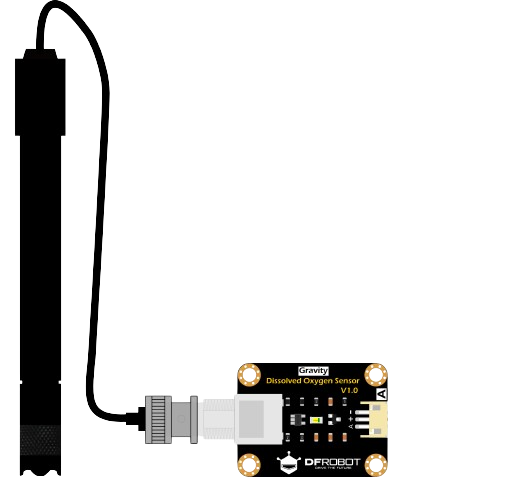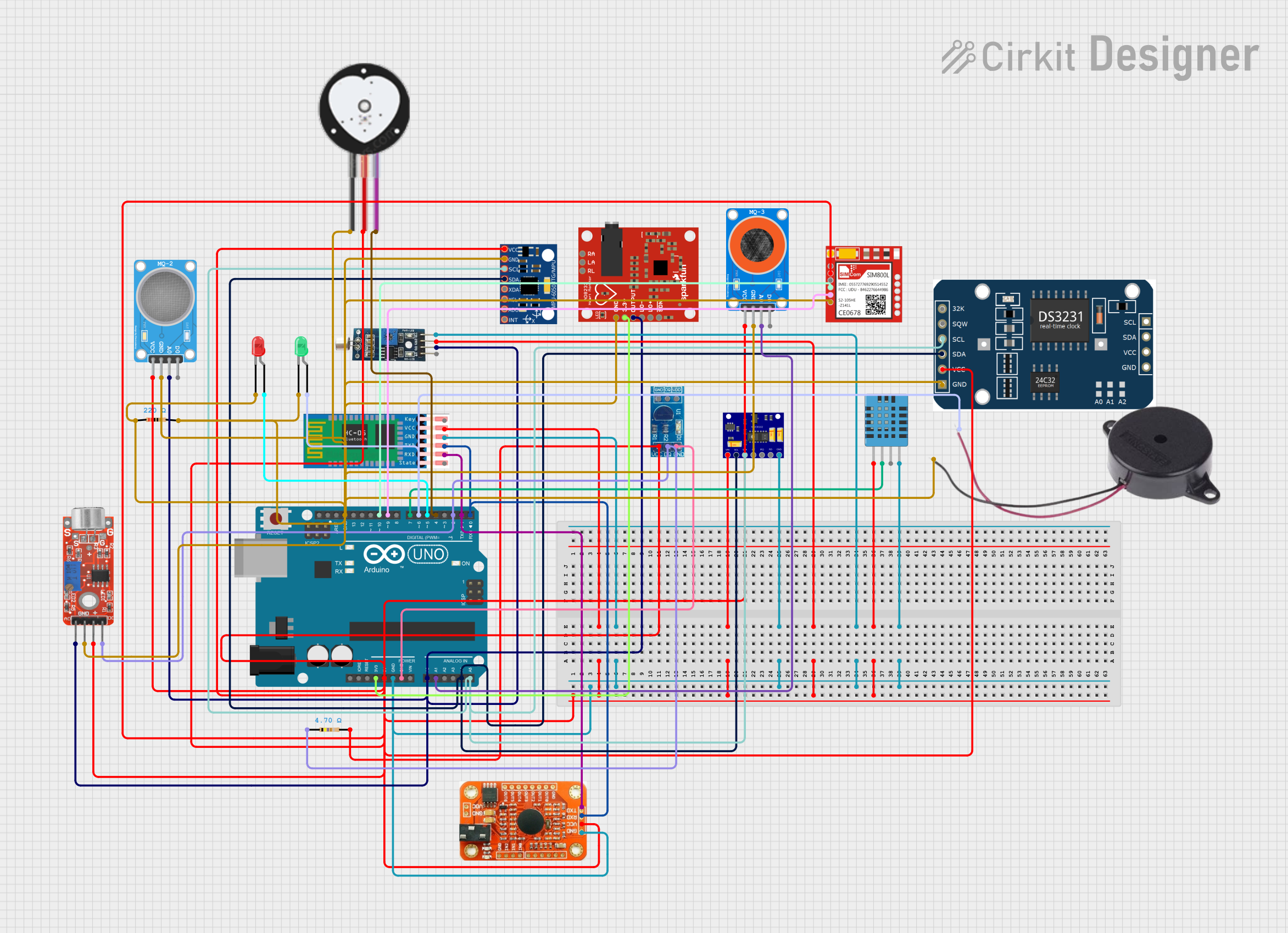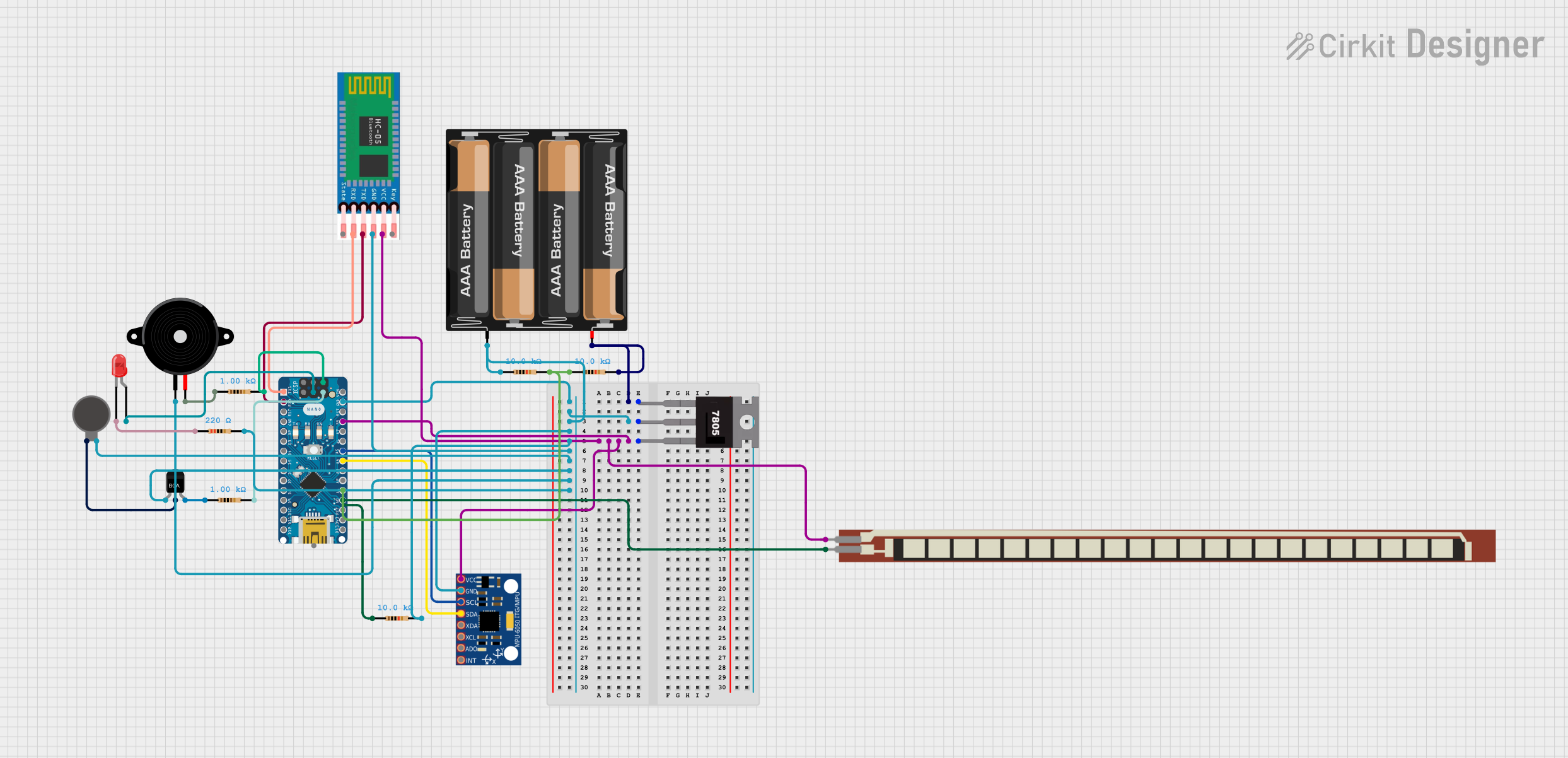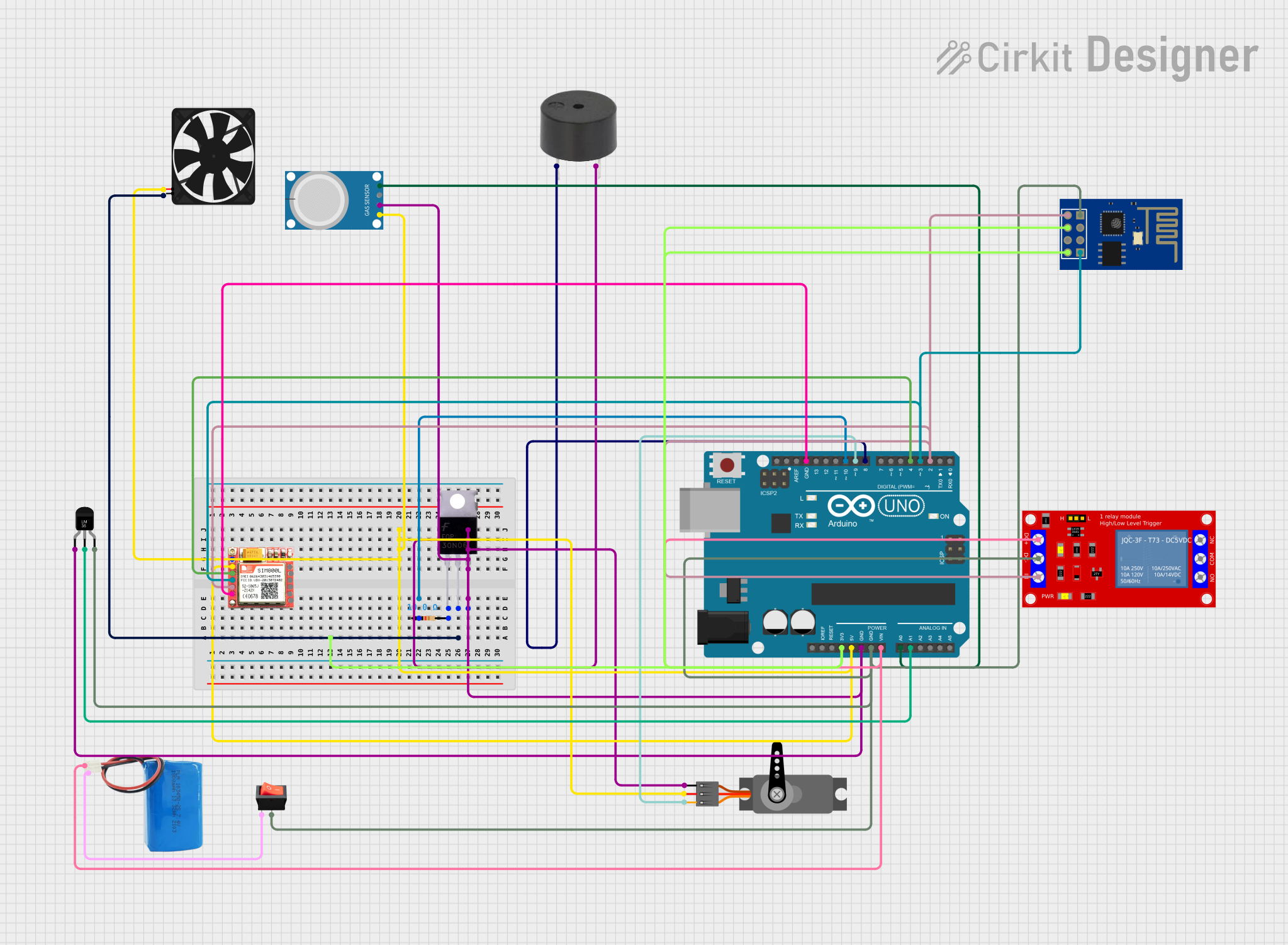
How to Use Do Sensor: Examples, Pinouts, and Specs

 Design with Do Sensor in Cirkit Designer
Design with Do Sensor in Cirkit DesignerIntroduction
A Do Sensor is a versatile electronic component designed to detect and measure specific physical properties or environmental conditions. It is commonly used in automation and control systems to provide real-time feedback for decision-making processes. These sensors are integral to applications such as environmental monitoring, industrial automation, and smart home systems. Their ability to deliver accurate and reliable data makes them a critical component in modern electronics.
Explore Projects Built with Do Sensor

 Open Project in Cirkit Designer
Open Project in Cirkit Designer
 Open Project in Cirkit Designer
Open Project in Cirkit Designer
 Open Project in Cirkit Designer
Open Project in Cirkit Designer
 Open Project in Cirkit Designer
Open Project in Cirkit DesignerExplore Projects Built with Do Sensor

 Open Project in Cirkit Designer
Open Project in Cirkit Designer
 Open Project in Cirkit Designer
Open Project in Cirkit Designer
 Open Project in Cirkit Designer
Open Project in Cirkit Designer
 Open Project in Cirkit Designer
Open Project in Cirkit DesignerTechnical Specifications
The technical specifications of a Do Sensor can vary depending on the specific type and model. Below are general specifications for a typical Do Sensor:
- Operating Voltage: 3.3V to 5V
- Output Signal: Analog or Digital (depending on the model)
- Measurement Range: Varies based on the sensor type (e.g., temperature, humidity, etc.)
- Response Time: Typically < 1 second
- Operating Temperature: -10°C to 50°C
- Accuracy: ±2% (varies by model)
Pin Configuration and Descriptions
The Do Sensor typically has three or more pins. Below is a standard pinout configuration:
| Pin Name | Description |
|---|---|
| VCC | Power supply input (3.3V to 5V) |
| GND | Ground connection |
| OUT | Output signal (Analog or Digital) |
For models with additional features, there may be extra pins:
| Pin Name | Description |
|---|---|
| A0 | Analog output signal |
| D0 | Digital output signal |
| CAL | Calibration pin (if applicable) |
Usage Instructions
How to Use the Do Sensor in a Circuit
- Power the Sensor: Connect the VCC pin to a 3.3V or 5V power source and the GND pin to the ground.
- Connect the Output:
- For analog output, connect the
A0pin to an analog input pin on your microcontroller. - For digital output, connect the
D0pin to a digital input pin.
- For analog output, connect the
- Read the Data: Use a microcontroller (e.g., Arduino UNO) to read the sensor's output and process the data.
Important Considerations and Best Practices
- Power Supply: Ensure the sensor is powered within its specified voltage range to avoid damage.
- Calibration: Some Do Sensors require calibration before use. Refer to the manufacturer's instructions for calibration procedures.
- Environmental Conditions: Avoid exposing the sensor to conditions outside its operating temperature or humidity range.
- Signal Noise: Use proper shielding and grounding techniques to minimize noise in the output signal.
Example: Connecting a Do Sensor to an Arduino UNO
Below is an example of how to connect and use a Do Sensor with an Arduino UNO:
Circuit Diagram
- Connect the
VCCpin of the Do Sensor to the 5V pin on the Arduino. - Connect the
GNDpin of the Do Sensor to the GND pin on the Arduino. - Connect the
A0pin of the Do Sensor to the A0 pin on the Arduino.
Arduino Code
// Define the analog pin connected to the Do Sensor
const int sensorPin = A0;
// Variable to store the sensor reading
int sensorValue;
void setup() {
// Initialize serial communication for debugging
Serial.begin(9600);
}
void loop() {
// Read the analog value from the sensor
sensorValue = analogRead(sensorPin);
// Print the sensor value to the Serial Monitor
Serial.print("Sensor Value: ");
Serial.println(sensorValue);
// Add a small delay to avoid flooding the Serial Monitor
delay(500);
}
Troubleshooting and FAQs
Common Issues and Solutions
No Output Signal:
- Cause: Incorrect wiring or insufficient power supply.
- Solution: Double-check the wiring and ensure the power supply matches the sensor's requirements.
Inaccurate Readings:
- Cause: Sensor not calibrated or environmental interference.
- Solution: Perform calibration as per the manufacturer's instructions and minimize interference.
Fluctuating Output:
- Cause: Electrical noise or unstable power supply.
- Solution: Use decoupling capacitors and ensure a stable power source.
Sensor Overheating:
- Cause: Operating outside the specified voltage or temperature range.
- Solution: Verify the operating conditions and ensure they are within the sensor's limits.
FAQs
Q1: Can I use the Do Sensor with a 3.3V microcontroller?
A1: Yes, most Do Sensors are compatible with both 3.3V and 5V systems. Check the specific model's datasheet for confirmation.
Q2: How do I know if the sensor needs calibration?
A2: Refer to the manufacturer's documentation. Some sensors include a calibration pin or require software-based calibration.
Q3: Can the Do Sensor be used outdoors?
A3: It depends on the sensor's design. Ensure the sensor is rated for outdoor use and protected from extreme conditions.
Q4: What is the difference between analog and digital output?
A4: Analog output provides a continuous range of values, while digital output provides a binary signal (e.g., HIGH or LOW).
By following this documentation, you can effectively integrate and troubleshoot a Do Sensor in your projects.